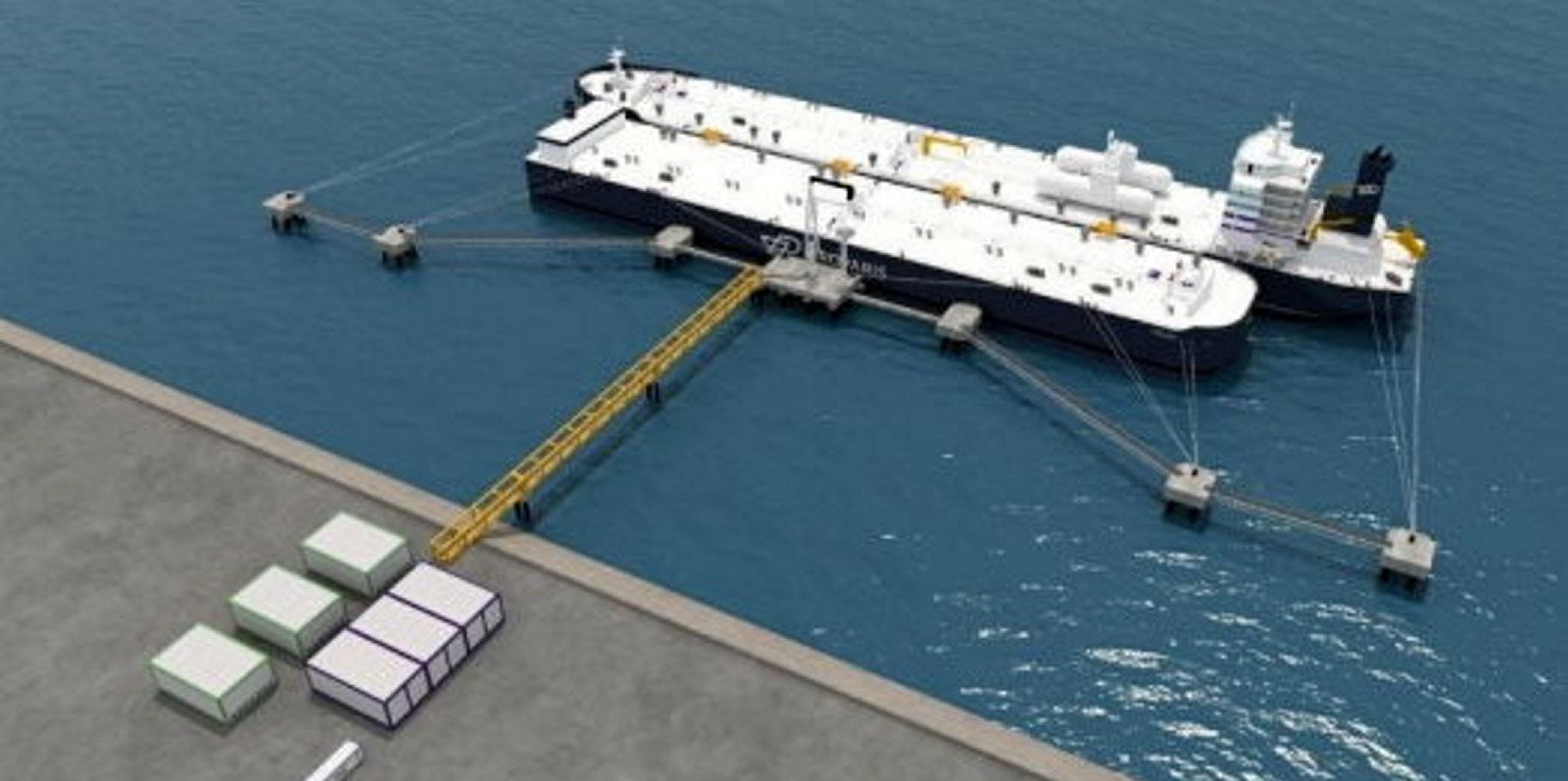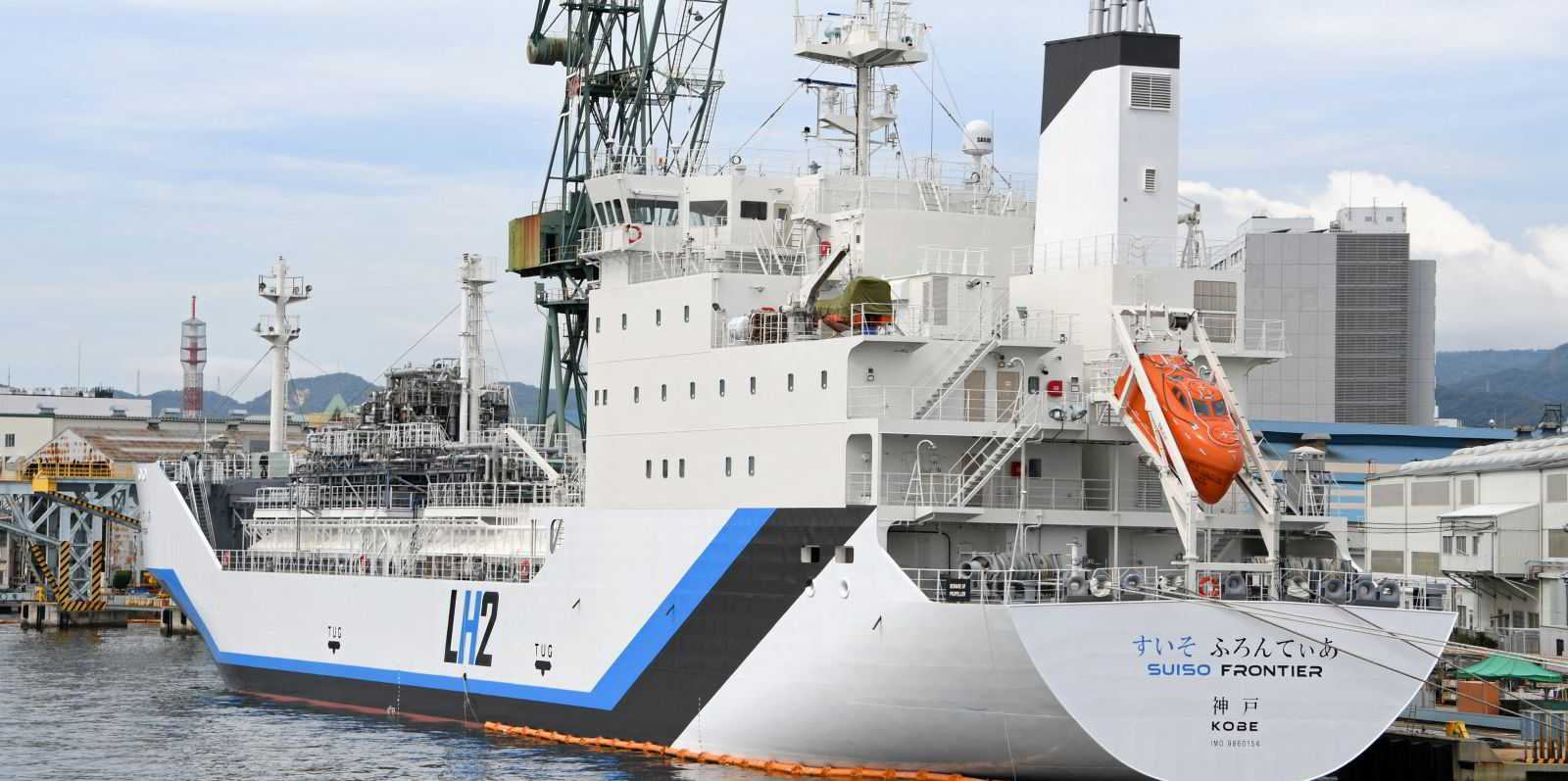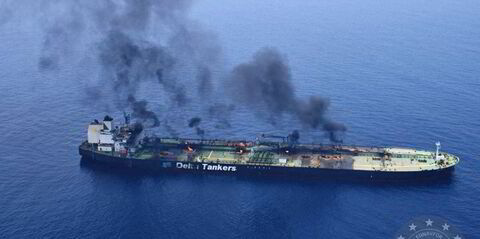A greener future is powered by hydrogen, but the commodity is not easy to transport around the world.
This story is part of a TradeWinds Business Focus exploring shipping companies that are early adopters across a range of green shipping technologies and fuels.
In its gaseous form, it has low energy density, and to move it as a liquid requires low cryogenic temperatures and dealing with a high boil-off rate.
But the CO2-free Hydrogen Energy Supply-chain Research Association (HySTRA), in which energy major Shell is the key shipping member, tackled that by building the world’s first liquefied hydrogen carrier, or LH2 carrier.
HySTRA, which is involved in the gasification, marine shipping and then offloading portions of the project, also includes Japanese shipping giant K Line, which provides assistance based on its LNG shipping experience.
The 1,287-cbm Suiso Frontier (built 2021) completed its first laden voyage between Australia and Japan early last year.
Despite a brief safety incident, the ship successfully delivered the first cargo of hydrogen derived from Australian brown coal in February 2022 and continues to trade today.
The Suiso Frontier is part of a wider pilot — the Hydrogen Energy Supply Chain Project — aiming to demonstrate gasification technology to extract hydrogen from brown coal, liquefy it and transport it on the long-distance journey to Japan.
Hideo Shigekiyo, who works in the hydrogen strategy division at shipbuilder and HySTRA partner Kawasaki Heavy Industries, said the plan is to progress towards commercialisation in 2030.
Before that, the project partners plan to carry out a demonstration test in 2027 involving a much larger ship — a 160,000-cbm LH2 carrier that the Japanese shipbuilder is developing.

Provaris is developing a hydrogen supply chain involving a 26,000-cbm ship. Photo: Provaris
Others want to get in on the hydrogen shipping game.
Australia’s Provaris said in December that it was working with shipbroker Clarksons in its efforts to place an order this year for its H2Neo carrier. Rather than carrying the commodity in liquid form, the 26,000-cbm ship would become the world’s first compressed hydrogen carrier.
The company hopes to start large-scale hydrogen shipping in 2026.



